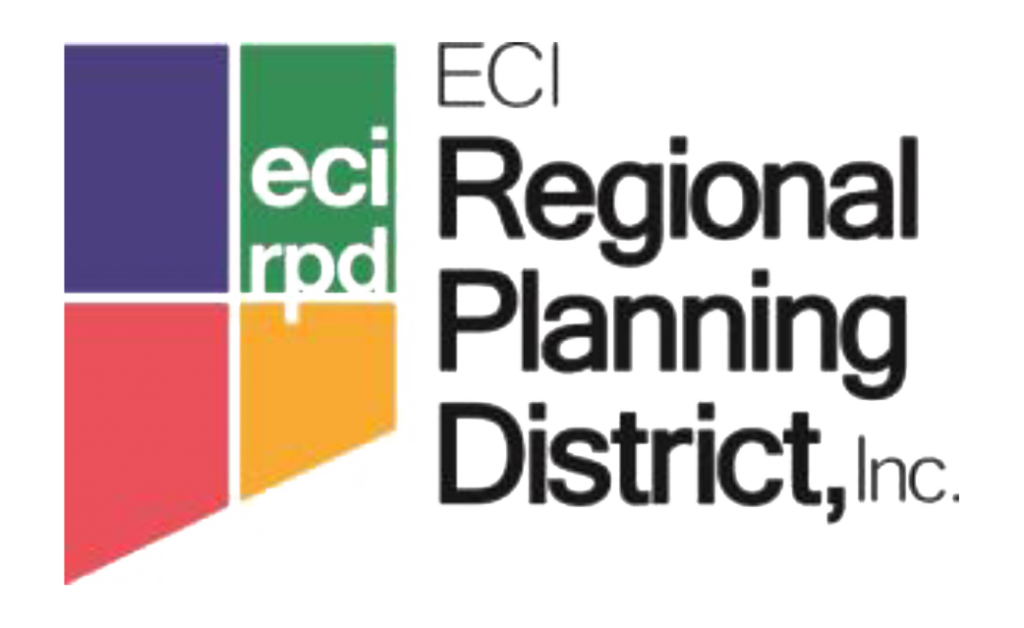Fact Page: Energize ECI Brownfield Assessment Coalition
The purpose of this fact page is to give community stakeholders who are involved in the Energize ECI (EECI) Indiana Brownfield Assessment Coalition a general understanding of the project. The U.S. Environmental Protection Agency (EPA) requires that coalition partners be well-informed on the projects with which they are involved—and the EPA may contact coalition partners to “quiz” them on their project, so it is imperative that your organization knows some of the more important details of this undertaking. Here are some of the basics:
The Brownfield Assessment Grant Program
The EPA recently announced a funding opportunity for units of government and nonprofits to inventory and assess brownfield sites in their communities. The total amount of funding available for assessment activities is $37.3 million. Eligible applicants may apply on their own for up to $400,000 or as part of a larger coalition for up to $1 million. Grant funds may be used for inventory, assessment, and cleanup planning for brownfield sites. EPA has set a deadline of October 16, 2009, for applications to be submitted. Awards are expected to be announced in May 2010, and project activities could begin after funds are released in October 2010.
Coalition Partners
EECI will serve as the applicant for this grant and the coalition will include the counties of Delaware, Grant, Blackford, and Jay. EECI will approach each county’s health department, local economic development organizations, and Purdue Cooperative Extension Service, as well as various other environmentally- and economic development-focused organizations to be partners in this endeavor.
Brownfield Basics
A brownfield is “real property, the expansion, redevelopment, or reuse of which may be complicated by the presence or potential presence of a hazardous substance, pollutant, or contaminant.” (“Small Business Liability Relief and Brownfields Revitalization Act”, PL 107-118, 11 January 2002.) In layman’s terms, a brownfield is a property that is difficult to develop because it is contaminated or believed to be contaminated.
Project Activities
The scope of work for this project encompasses four tasks:
1) Community outreach – educating the community about brownfields in general and the brownfield assessment coalition specifically
2) Inventory and prioritization – collecting information on existing brownfields throughout the coalition area and prioritizing them based on project readiness, economic impact, and other factors
3) Site assessments – performing 40 Phase I and 25 Phase II environmental site assessments on the highest priority brownfields to determine the existence and extent of any contamination
4) Cleanup planning – creating Remedial Action Plans and/or Human Health and Ecological Risk Assessments, as necessary, to guide the cleanup and/or redevelopment process
Brownfield Liability Issues
A political subdivision or unit of federal or state government is not liable to the state for costs or damages associated with hazardous substances on, in or at a property acquired involuntarily (such as bankruptcy, tax delinquency, receivership, abandonment. In addition, the “All Appropriate Inquiry” Rule is utilized by the state and federal Brownfields programs to evaluate a property’s environmental conditions and assess potential liability for any contamination. This process ensures future prospective purchasers eligibility for an exemption from liability. Furthermore, parties who by law or public policy should not be held liable for a site’s contamination can request Comfort Letters or Site Status letters from the State to minimize liability and facilitate redevelopment.
Brownfield sites that are owned by the party responsible for the contamination can be eligible for assessment under this program, as long as the owner gives EECI permission to access the site. However, contaminated sites owned by the responsible party are not eligible for remediation funding from the EPA or the State Brownfield Program.
